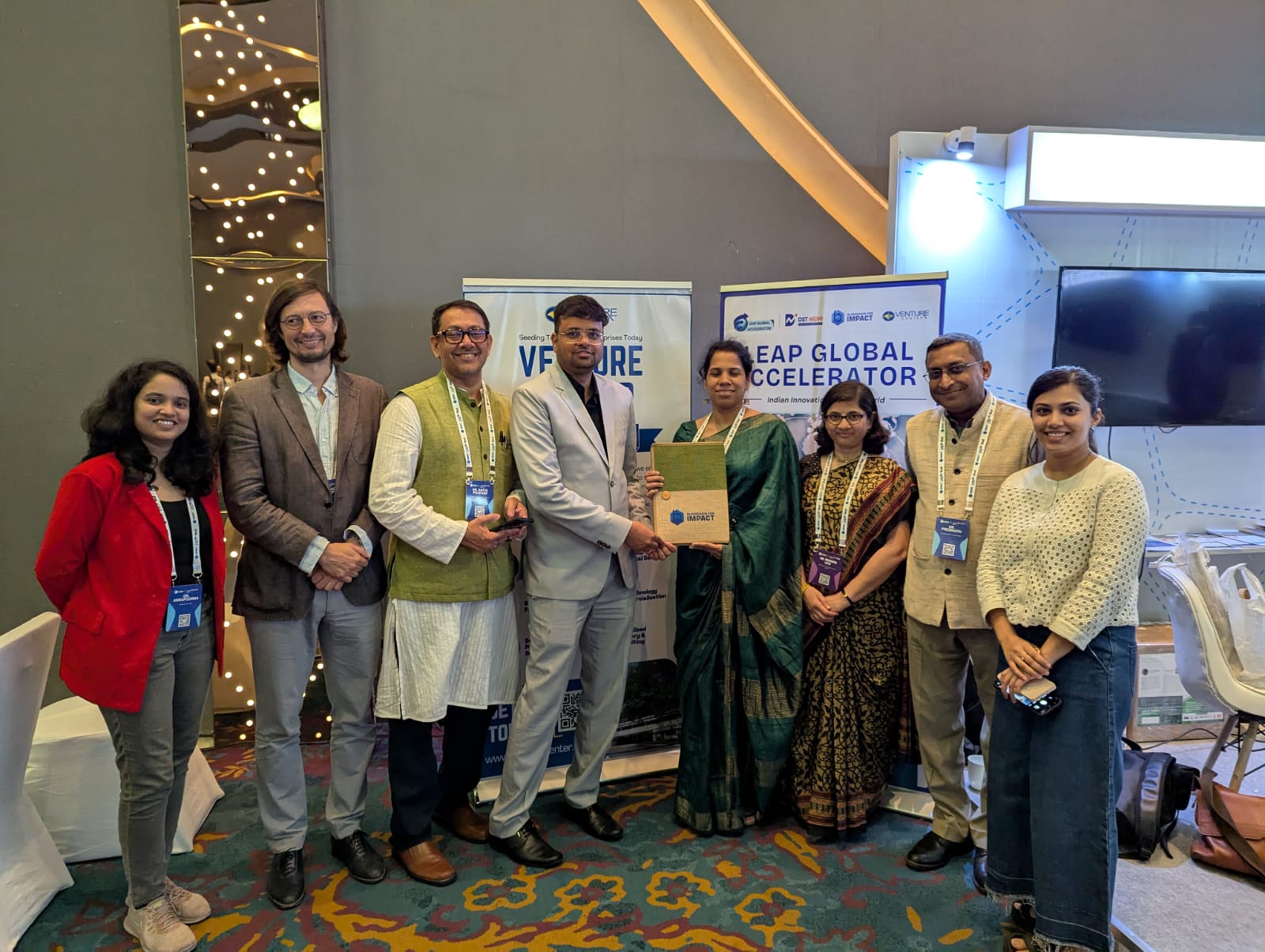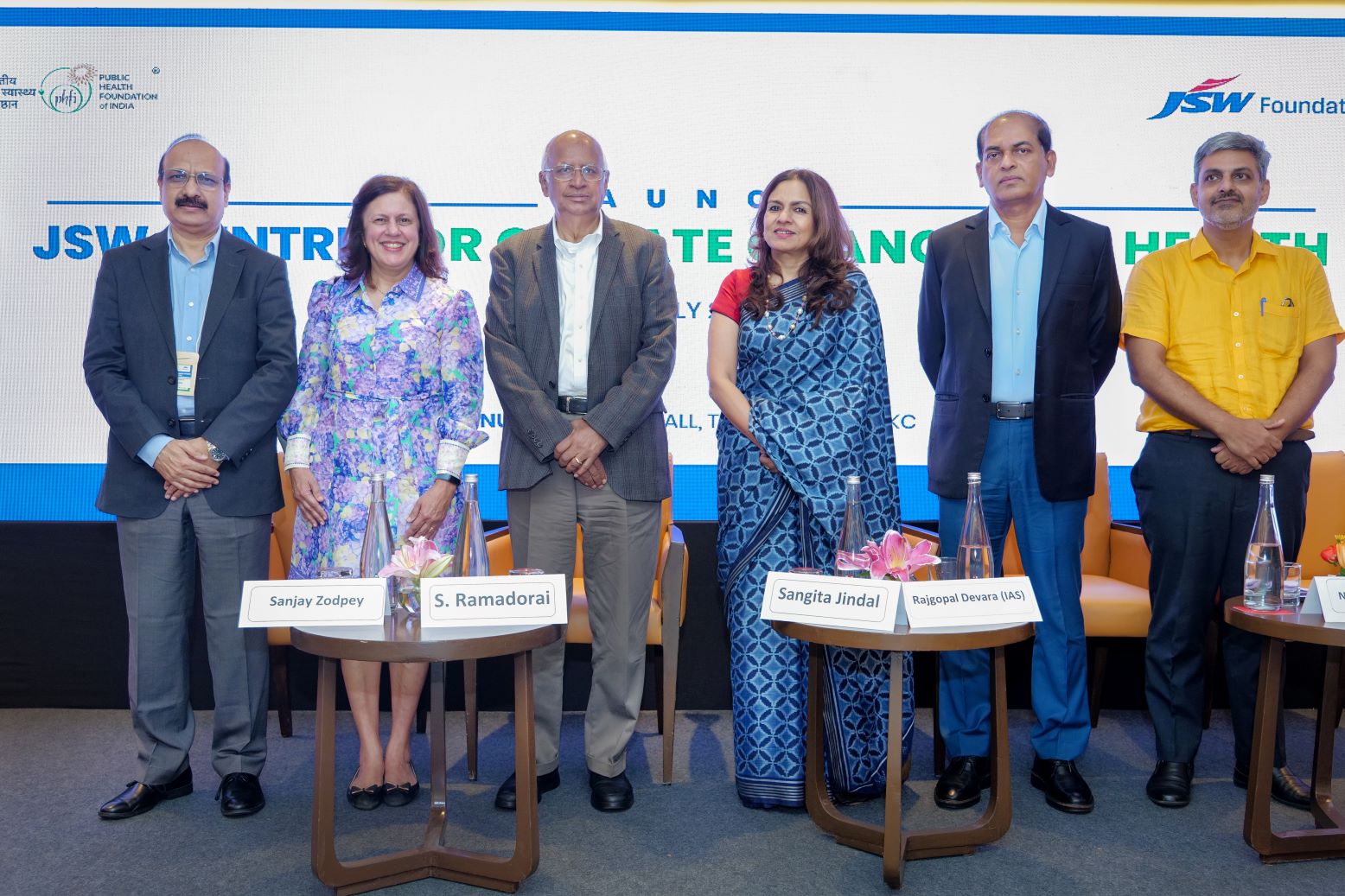NIT Rourkela develops natural bio-ink for 3D bioprinting of bone tissue
March 28, 2025 | Friday | News
The newly developed bioink is composed of biocompatible materials such as chitosan, gelatin, and nanohydroxyapatite
image credit- shutterstock
A team of researchers at the National Institute of Technology (NIT) Rourkela has developed a bioink made from natural materials for 3D bioprinting of bone-like structures.
This bioink is designed to address challenges in bone grafting and implants, which are commonly used to treat bone defects caused by injury or disease. The research focuses on improving existing bone repair techniques by developing a bioink that is biocompatible, easy to use, and supports bone regeneration.
Bone grafting is a common method to repair damaged bones. In this procedure, bone from another part of the body or a donor is used to replace the damaged bone. This procedure has drawbacks such as pain, limited availability, and the risk of rejection. Metal implants, such as titanium plates, are another option, but they don’t always bond well with natural bone and can cause complications over time. Both methods require surgery, and sometimes more than one procedure, for proper healing.
3D bioprinting is being explored as an alternative method for bone repair. It involves printing bone-like structures using bio-inks that contain cells and supportive biomaterials. A major challenge with the exhisting bioinks is that they require an extended preparation period in laboratory conditions before they can be implanted. The printed tissue must be maintained in a controlled environment for cells to grow and form functional bone before it can be used for treatment. This makes the process slow and difficult to implement in clinical settings.
The newly developed bioink is composed of chitosan, gelatin, and nanohydroxyapatite, all of which are biocompatible and commonly used in biomedical applications.
Supported by funding from the Department of Health Research (DHR), Government of India, this bioink has potential applications in a range of clinical settings. It can be used to treat large bone defects caused by accidents, infections, or surgeries by supporting natural bone growth. It is particularly useful in reconstructive surgeries for the skull and face, where precise bone repair is necessary.
The team now plans to test the developed bioinks in suitable animal models and develop a scalable production process in a Good Manufacturing Practices facility for clinical trials. To facilitate commercialisation, the researchers have also established a startup, Quixotix Bioprinting.









